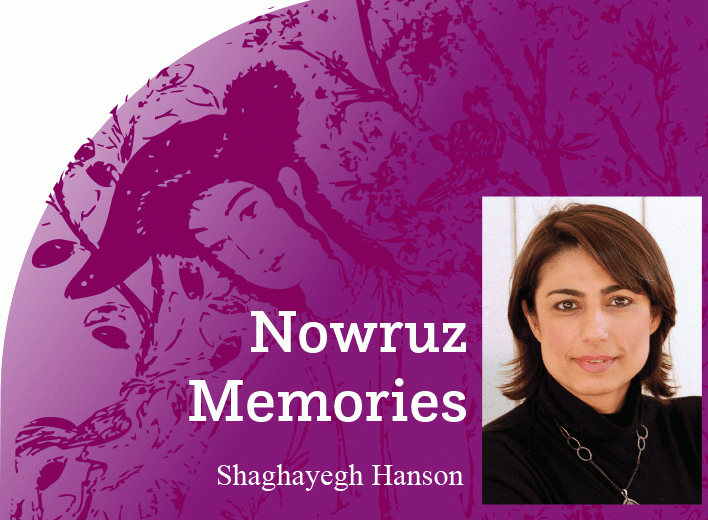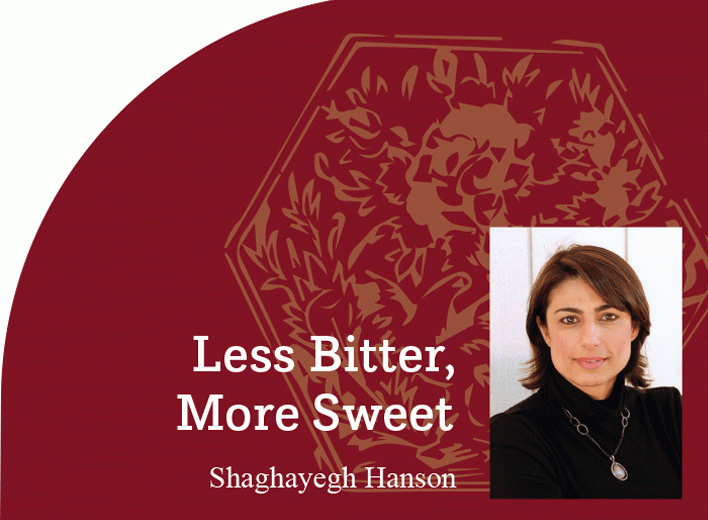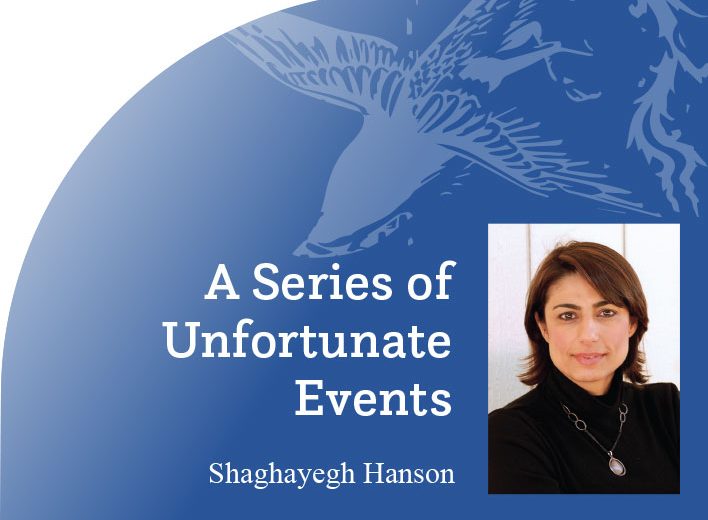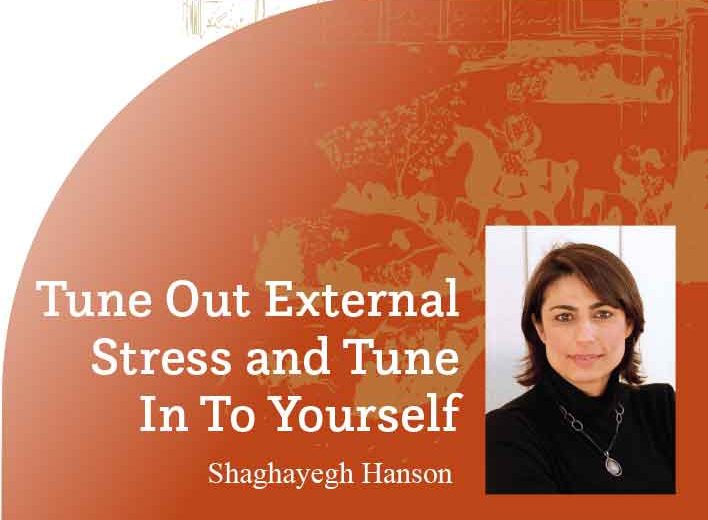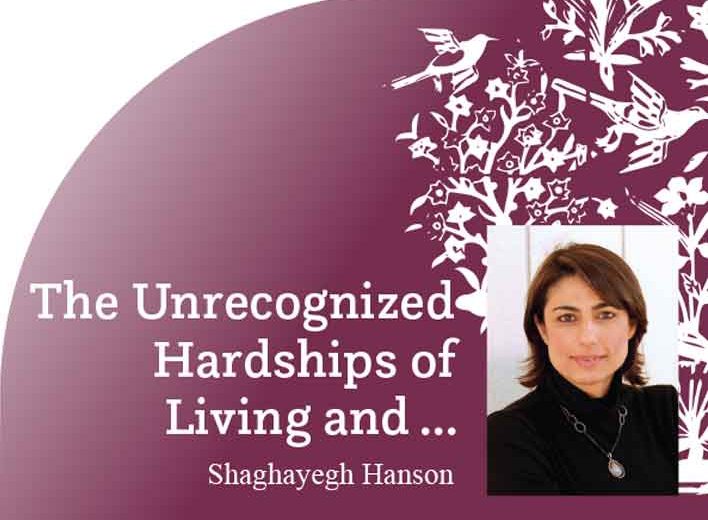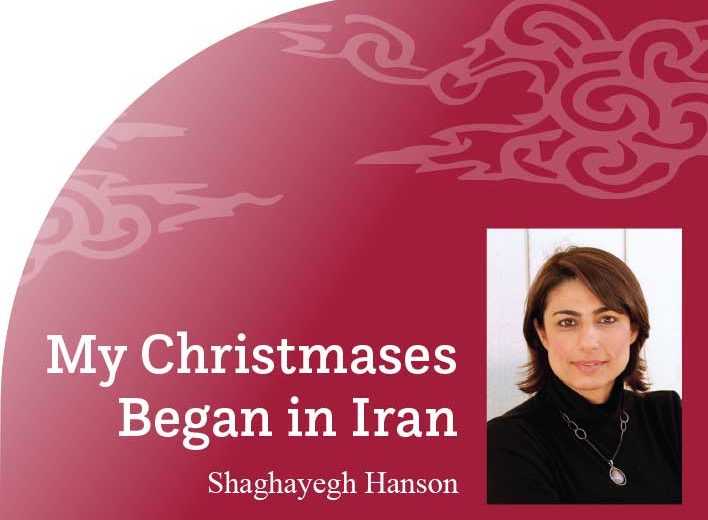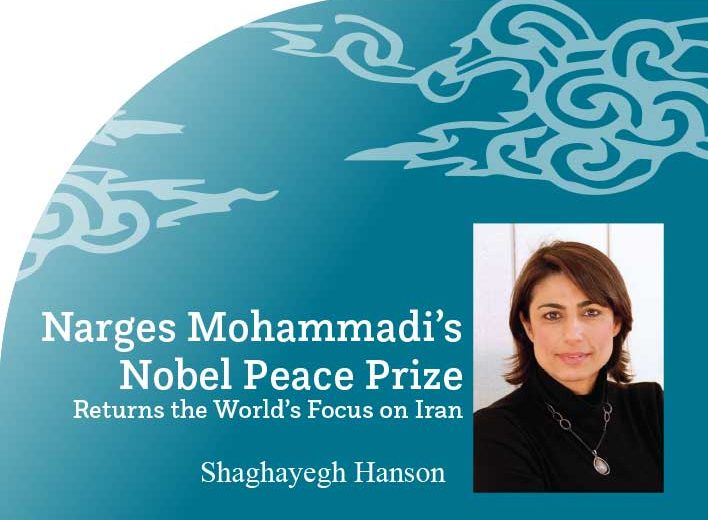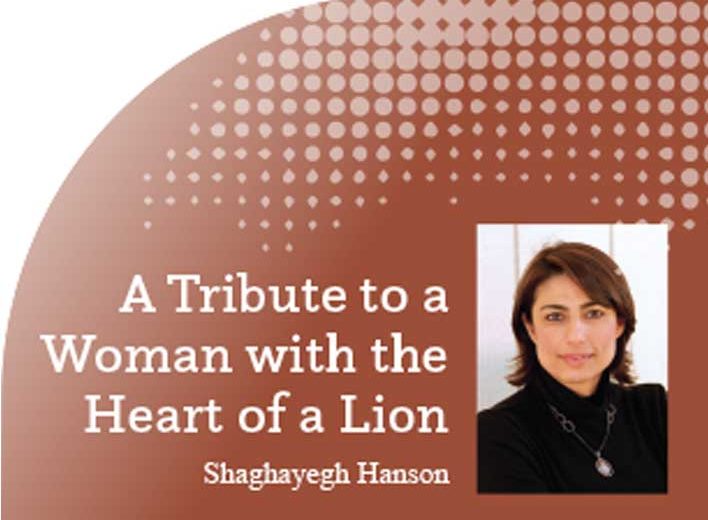Shaghayegh Hanson
Growing up in England, and then making a home in the U.S., I have been asked countless times “where are you from?” or some variation of the question. There is no simple answer to this for me or those of us who have been shaped by a variety of places and cultures. But often, I know the inquiry is based on my outward appearance, that is, my ethnicity. So, inevitably I start by saying I am Iranian. And then I scan the face of the questioner to see what this loaded word, “Iranian,” is conjuring up in their mind after 40 plus years of negative media attention. Even with the most enlightened and well-meaning audience, one feels the need to be a counterpoint to all the negativity and misperceptions that continue to cloud Americans’ view of us. It is both a burden and an opportunity to make a difference.
As author Cyrus Copeland puts it, “In the absence of diplomatic dialogue, we are all cultural diplomats.” You will find my interview with Cyrus discussing his book, Off the Radar, on page 6. His viewpoint is shaped by being a self-described do-rageh (two-veined, literally), meaning he has both American and Iranian blood, that is, an American father and an Iranian mother. I love how he sees the hyphen in Iranian-American as “hold[ing] a powerful bit of treasure” where “the interesting work of stitching together two conflicting cultures begins.” I’m sure you’ll be fascinated by what else Cyrus has to say about living in Iran as a child, his father’s arrest and trial for espionage as the Islamic revolution took hold, and the family mystery that compelled him to return to Iran for answers decades after escaping.
With the holiday season approaching, I am reminded of the time my daughter engaged in a bit of cultural diplomacy in first grade, right around this time of year. She did a presentation on Yalda for her class. (See p. 20 on Yalda.) We created a make-believe corsi by pulling a couple of tables together and draping a huge blanket, with a colorful Persian design on it, over the table. The children then sat on the floor around the table under the blanket. We put dried fruits and nuts and pomegranates on the table. The children munched on the snacks as my daughter explained the meaning of Yalda. Other parents were watching, too, as they waited for their child’s turn to present on Hanukkah, or Kwanza, or Diwali, or any number of traditions. It was a lovely hour of cross-cultural bonding. I know that other Iranian-American parents did, and do, the same type of presentations with their children, not just for Yalda, but also Nowruz (New Year) and Mehregan (Harvest Festival). First impressions count, as we know, and to have a child’s introduction to “Iranian” be a warm and fuzzy moment in elementary school will definitely make a difference to the adult that child will become.
It has always been a point of pride for me that cross-cultural outreach is a vital part of PCC’s mission and activities. For example, once again, PCC partnered with The San Diego Museum of Art to hold the Mehregan Fall Fête to fundraise for the Arts of Iran collection. (See p. 8.) Also, for many years now, we have partnered with the San Diego Public Library to set up Nowruz displays in various branches each year and to hold an annual Hafez Day poetry evening. And if you’re a KPBS listener, you will have heard PCC’s advertisements every year, throughout March, wishing everyone a Happy Nowruz.
I imagine all these methods of cultural outreach are exactly the type of powerful treasure Cyrus envisions can “stitch” cultures together. It takes time and effort to shatter stereotypes, but as long as we keep mining that treasure we will get there.


